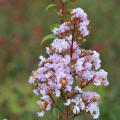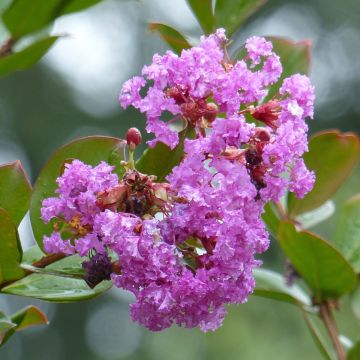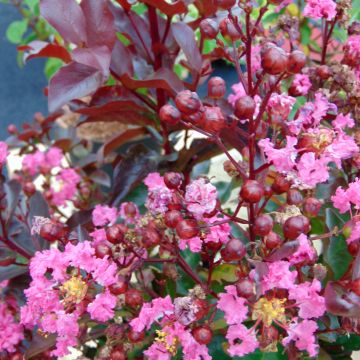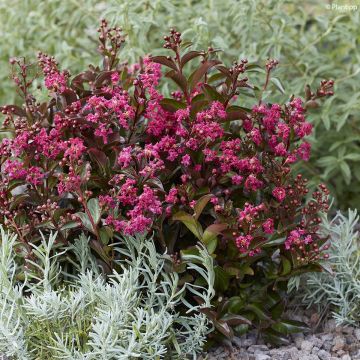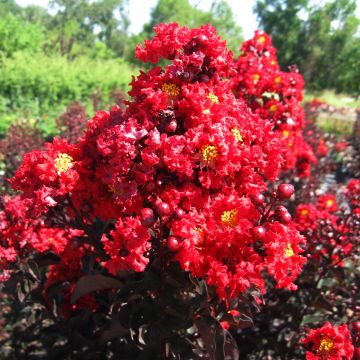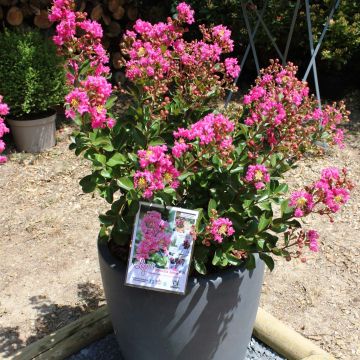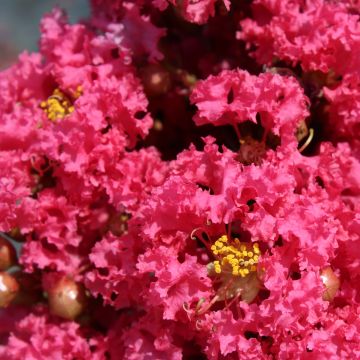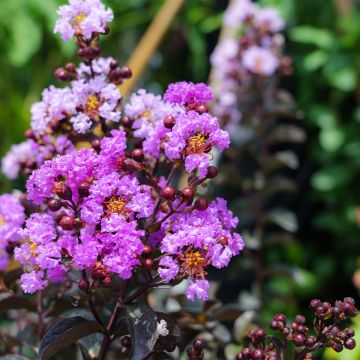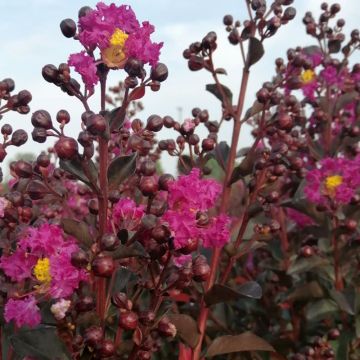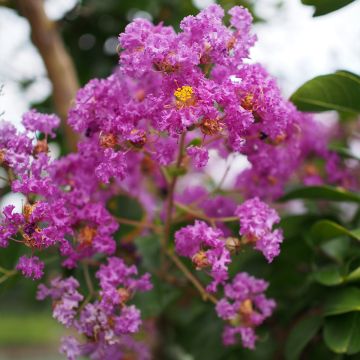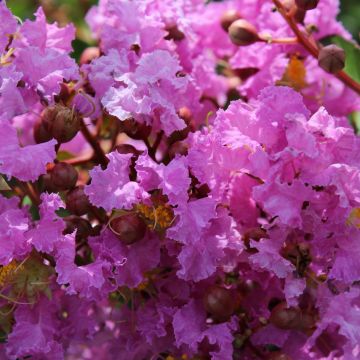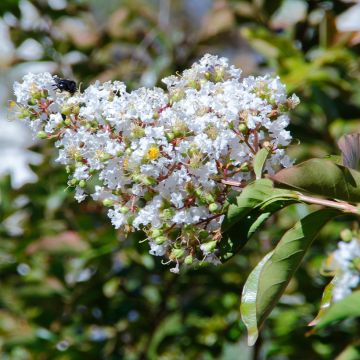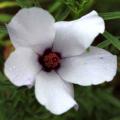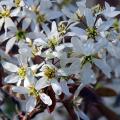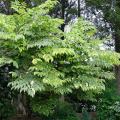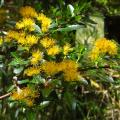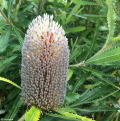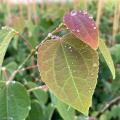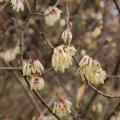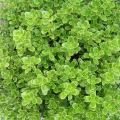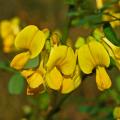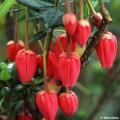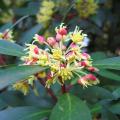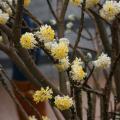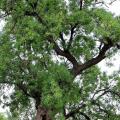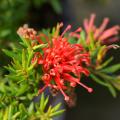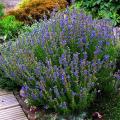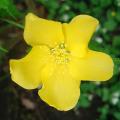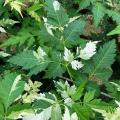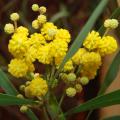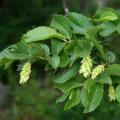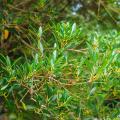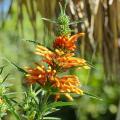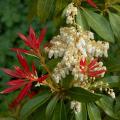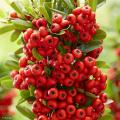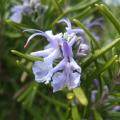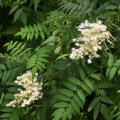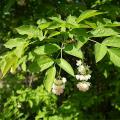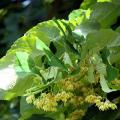Lagerstroemia - Crape Myrtle
Does this plant fit my garden? Set up your Plantfit profile →
Available in 3 sizes
Available in 1 sizes
Available in 1 sizes
Available in 3 sizes
Available in 1 sizes
Available in 3 sizes
Available in 1 sizes
Available in 1 sizes
Available in 2 sizes
Available in 1 sizes
Available in 1 sizes
Available in 1 sizes
Available in 2 sizes
Available in 1 sizes
Available in 2 sizes
Available in 2 sizes
Available in 1 sizes
Available in 1 sizes
Available in 1 sizes
Available in 1 sizes
Available in 1 sizes
Available in 2 sizes
Available in 1 sizes
Available in 1 sizes
Available in 1 sizes
Available in 1 sizes
Available in 1 sizes
Available in 1 sizes
Available in 2 sizes
Available in 1 sizes
Available in 1 sizes
Available in 1 sizes
Available in 1 sizes
Available in 1 sizes
Available in 1 sizes
Available in 1 sizes
Available in 2 sizes
Available in 1 sizes
Available in 1 sizes
Available in 2 sizes
Available in 2 sizes
Available in 1 sizes
Available in 2 sizes
Available in 1 sizes
Available in 1 sizes
Available in 1 sizes
Available in 1 sizes
Available in 1 sizes
Available in 1 sizes
Lagerstroemia, better known as Crepe Myrtle, are deciduous shrubs of great ornamental value, easy to grow as long as they are given a rich, moist soil and plenty of sunlight. They belong to the Myrtaceae family. Most of the varieties found are hybrids resulting from the cross-breeding of Lagerstroemia indica, native to China, and Lagerstroemia speciosa, native to the humid jungles of India and Myanmar, whose offspring have been crossed with the former. In the parentage of some American cultivars, Lagerstroemia fauriei can be found, such as the dazzling 'Tuscaroa', 'Seminole', or 'Natchez', cream-white.
These bushes, hardy up to -15°C (5°F) when mature, are interesting for several reasons: their summer flowering in dense panicles of small frizzy flowers, reminiscent of crepe, sometimes completely covering foliage that takes on fiery colours in the autumn, before revealing a bare bark that exfoliates in irregular patches, marbled with soft shades of Indian pink, old rose, cinnamon, chocolate, almond, grey or cream. For small gardens and container cultivation, the choice is now vast, such as the pure white 'Petite Snow', or 'Ruby Lace' with its crepe-like flowers in garnet red. Some cultivars form small trees up to 3m (10ft) in height, with a mauve flowering like that of 'Eavesii' or a pale pink in 'Heliotrope Beauty'. Young Lagerstroemia must be protected from the cold. These shrubs generally have a bushy habit, growing in clumps, but they can easily be shaped by pruning to form a small tree on a single trunk.
Haven't found what you were looking for?

































